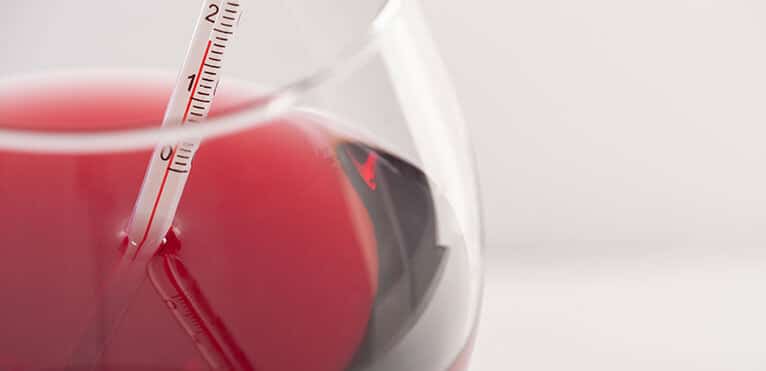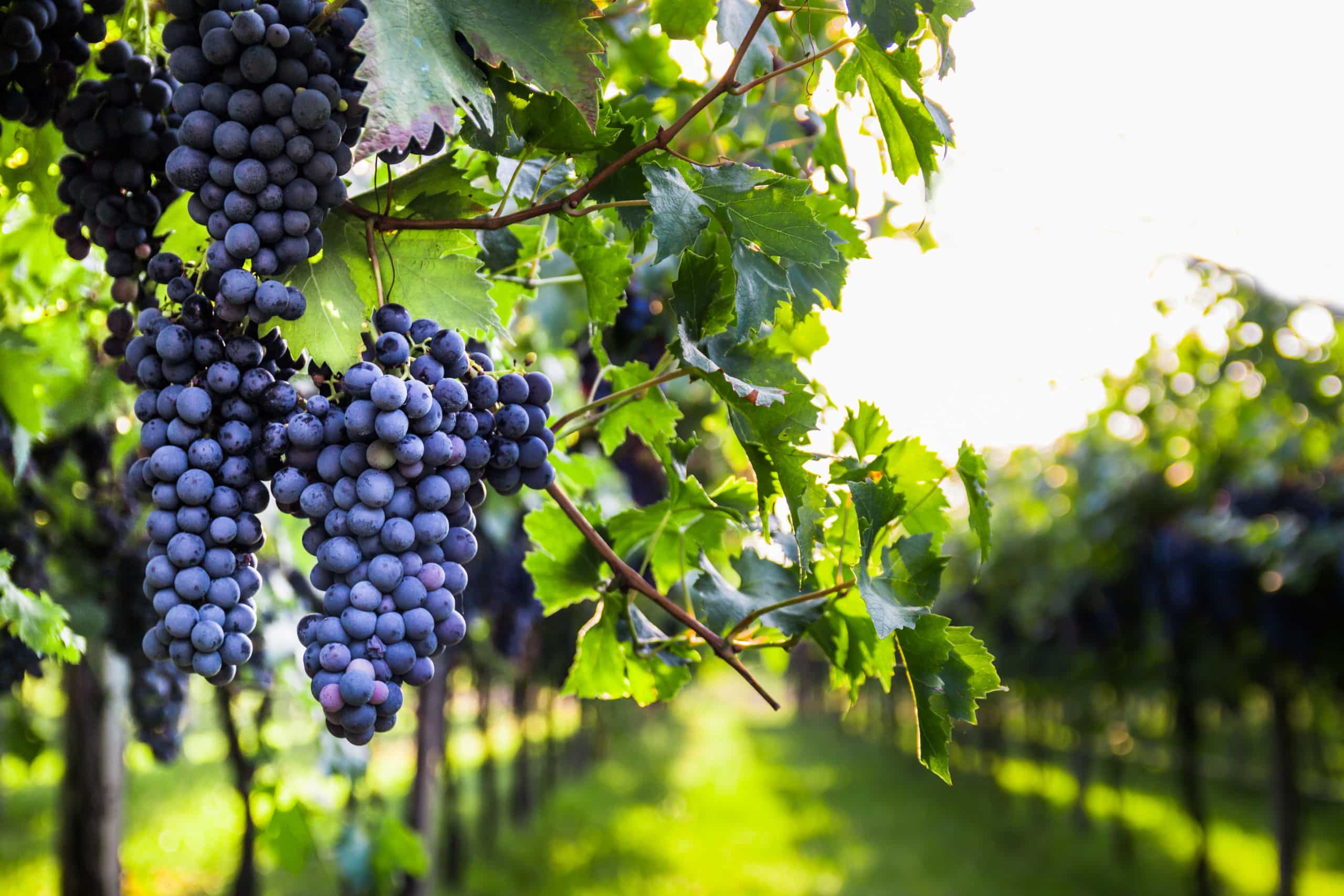
Contents
The ancient and complex Pinot Noir grape variety
History
Pinot noir, the emblematic red grape of Burgundy and the Champagne region, is the origin of a multitude of other grape varieties, including Chardonnay, Gamay and Aligoté. Pinot noir is a prestigious grape variety that was already cultivated in the Middle Ages.
Today,Alsace reserves an exclusive place for it in the production of reds and rosés. Pinot noir now covers 10% of Alsace’s vineyards.
Special features
Pinot noir is particularly revealing of its terroir and gives racy wines.
The color can take on a whole range of shades, from light rosé to ruby red. Although often lightly colored, Pinot Noir benefits from a maceration process that enriches it with tannins, giving it an elegant structure that underpins its aromatic qualities and makes it well-suited to ageing.
In its youth, it expresses red fruit aromas (cherry, blackberry, redcurrant, blackcurrant). Pinot Noir aged in wooden casks or barrels adds a touch of wood or vanilla to this fruity note. As it ages, it evolves and animal nuances.
Its palette of possible aromas is vast, making it a low-tannin wine that goes well with many dishes, including grilled meats, fatty fish and various cheeses (comté, brie, cantal).
How to serve a Pinot noir
Pinot noir is best enjoyed young, and can generally be kept for between 2 and 7 years, although the best vintages can be kept for up to 10 years.
Its ageing produces no deposits, so it doesn’t need to be decanted before consumption. However, it is best drunk in slightly larger glasses, such as Burgundy glasses.
Pinot noir becomes fragile with age, so it needs to be handled with care, and should ideally be left to breathe for one to two hours before tasting.
The importance of temperature for tasting
Each grape variety and each vintage has its own particularities and therefore an ideal tasting temperature at which it can express its full flavour. If drunk too cold, it will lose its aromas, and if drunk too hot, it will be too fatty on the palate. Serving a wine at the wrong temperature can kill it.
Moreover, red wines should be drunk at a higher temperature than whites, as the cold tends to harden the tannins.
What’s more, young wines are best served cooler than older ones.
What temperature for Pinot noir?
Ideally, a Pinot Noir should be drunk at 16°C, like most of Burgundy’s great red wines. It is at this temperature that it can reveal its full taste potential.




